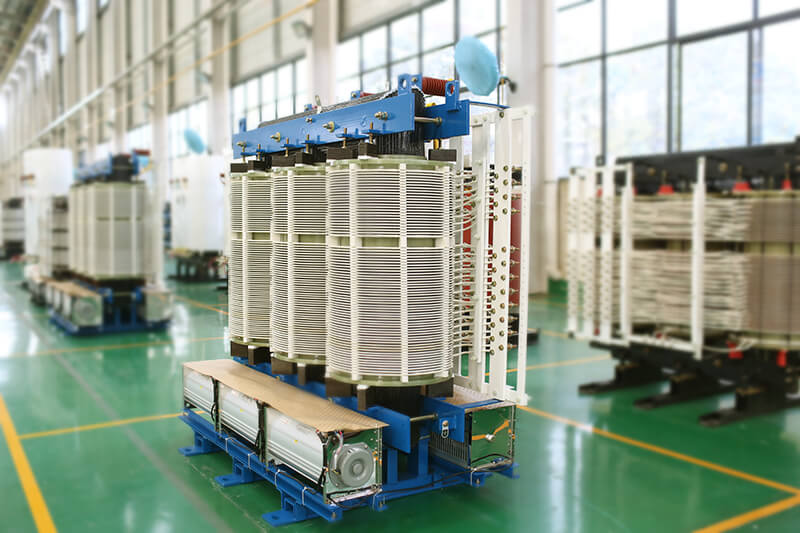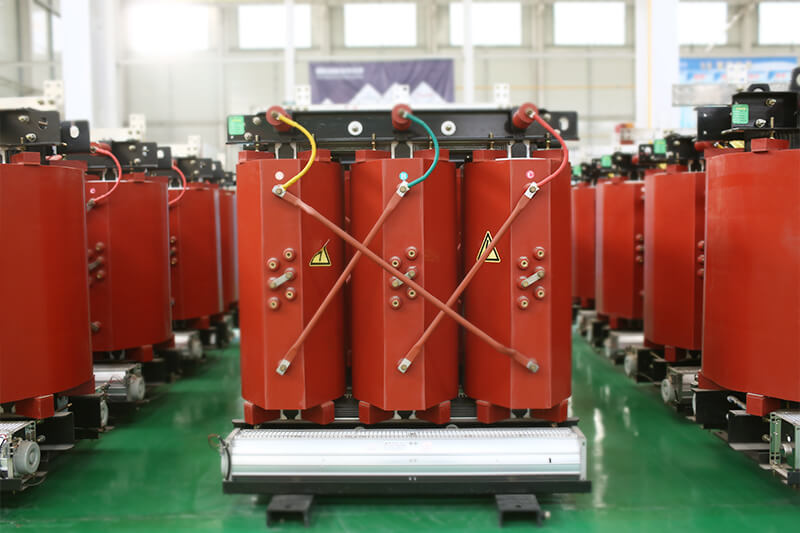The safe operation and service life of dry-type transformers largely depend on the safety and reliability of the transformer winding insulation. One of the main reasons why transformers cannot work properly is that the winding temperature exceeds the insulation withstand temperature. The transformer's operating temperature is monitored and alarmed. The TTC-300 series temperature control system is introduced here.
(1) Automatic fan control: Measure the temperature signal through the Pt100 thermal temperature measuring resistor embedded in the low-voltage winding. The transformer load increases and the operating temperature rises. When the winding temperature reaches 110 ° C, the system automatically starts the fan to cool; when the winding temperature reaches 90 ° C, the system automatically stops the fan.

(2) Over-temperature alarm and trip: Collect the winding or core temperature signal through the PTC non-linear thermal temperature measuring resistor embedded in the low voltage winding. When the temperature of the dry type transformer winding continues to rise, if the temperature reaches 155 ° C, the system outputs an over-temperature alarm signal; if the temperatu
re continues to rise to 170 ° C, the dry type transformer can no longer continue to operate, and an over-temperature trip signal must be sent to the secondary protection circuit.
(3) Temperature display system: Pt100 thermistor embedded in the low-voltage winding is used to measure the temperature change value and directly display the winding temperature of each phase (three-phase inspection value display and historical temperature can be recorded). 4 ~ 20mA analog output. If it needs to be transmitted to a remote computer (distance up to 1200m), a computer interface can be added. One transmitter can monitor 31 transformers. The system's over-temperature alarm and trip can also be activated by the Pt100 thermal sensing resistor signal, which further improves the reliability of the temperature control protection system.

Protection method of dry-type transformer
According to the characteristics of the use environment and protection, dry-type transformers can choose different shells. The IP20 protective shell is usually selected to prevent the entry of solid foreign objects with a diameter greater than 12mm and small animals such as rats, snakes, cats, finches, etc., causing vicious failures such as short-circuit power outages, and providing a safety barrier for live parts. If the transformer must be installed outdoors, an IP23 protective shell can be selected. In addition to the above-mentioned IP20 protection function, it can also prevent water droplets from entering within an angle of 60 ° with the vertical line. However, the IP23 housing will reduce the cooling capacity of the transformer. When selecting it, pay attention to the reduction of its operating capacity.
Cooling method of dry-type transformer
The dry type transformer cooling method is divided into natural air cooling and forced air cooling. Under natural air cooling, the dry type transformer can continuously run for a long time at the rated capacity. With forced air cooling, the output capacity of the dry type transformer can be increased by 50%. It is suitable for intermittent overload operation, or emergency overload operation; when the load increases, the load loss and impedance voltage increase greatly and it is in non-economic operation so it should not be subjected to long-term continuous overload operation.









Leave A Comment